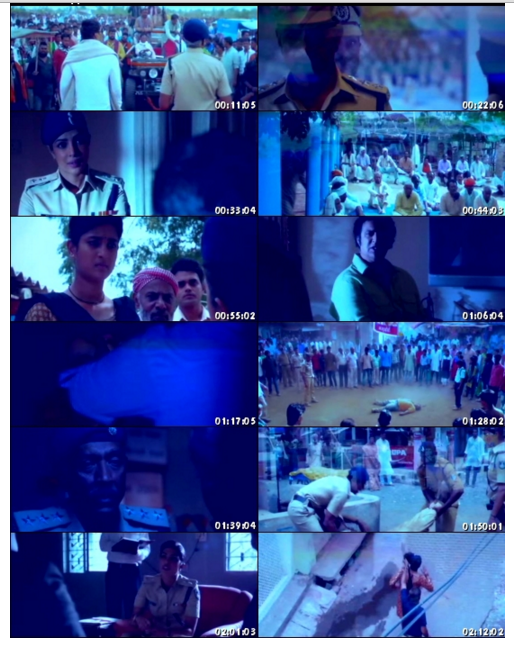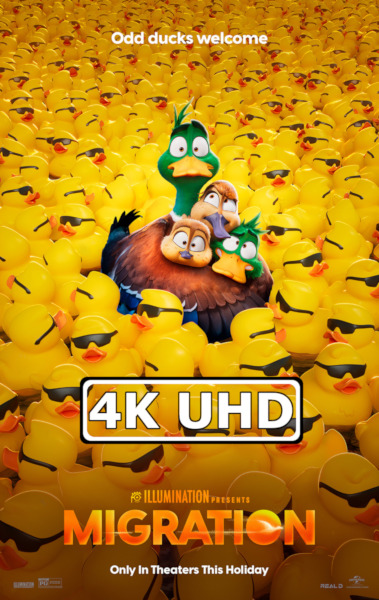Have you ever encountered a green bottom horizontal line while playing MKV movies on your device? This peculiar issue has been reported by users with LibreElec 8.x (Generic) and Kodi 17.6 setups. A bold statement supporting this query is that such visual glitches can significantly affect the viewing experience, prompting immediate troubleshooting. This article delves into the intricacies of MKV format issues, offering solutions and insights for a seamless playback experience.
Adobe Premiere Pro 2025's lack of support for MKV movies ripped from UHD discs highlights a significant limitation in professional video editing software. Despite its robust features, Adobe's latest version does not natively handle MKV files extracted from ultra-high-definition sources. To address this gap, users must employ third-party plugins like Autokroma Influx, available at Autokroma. This workaround ensures compatibility without compromising quality. Furthermore, Adobe has acknowledged the issue, promising enhanced support for MKV (H.264/AAC) files in upcoming releases.
| Category | Details |
|---|---|
| Software Name | Adobe Premiere Pro 2025 |
| Limitation | Lacks native support for MKV files from UHD discs |
| Solution | Use Autokroma Influx plugin |
| Future Update | Expected support for MKV (H.264/AAC) |
The Nintendo Switch presents another challenge for MKV enthusiasts. Without a default media player or compatible apps like Netflix, playing local videos from an SD card becomes cumbersome. This limitation stems from the console's design, focusing primarily on gaming rather than multimedia functionality. As a result, users seeking to enjoy MKV movies on their Switch must explore alternative methods or devices for optimal playback.
MKV, or Matroska, stands out as a versatile multimedia container capable of housing multiple video, audio, subtitle tracks, and metadata within a single file. Its adaptability makes it a preferred choice among movie aficionados who prioritize quality and customization. However, certain nuances associated with MKV files, such as embedded cover art extraction discrepancies between MP4 and MKV formats, necessitate careful handling. Users have observed that while MP4 movies display cover art accurately, MKV counterparts often fail to render these visuals correctly.
MakeMKV, a popular tool for ripping DVDs and Blu-rays, occasionally encounters difficulties with specific titles. This issue arises when the source material deviates from standard formatting, often due to third-party software like DvdFab. Such non-standard files may not align with MakeMKV's expectations, leading to unsuccessful rips. Ensuring the use of original disks remains crucial for achieving reliable results with this software.
Random stoppages during MKV movie playback represent another prevalent concern among users. These interruptions manifest unexpectedly, halting the film and returning viewers to the main menu or initial screen. Possible causes include corrupted files, insufficient system resources, or software conflicts. Addressing these factors through thorough checks and updates can mitigate such disruptions, enhancing overall user satisfaction.
Understanding the MKV format involves recognizing its strengths and addressing inherent challenges. As a comprehensive container, MKV offers unparalleled flexibility, accommodating diverse content types seamlessly. Nevertheless, compatibility issues with certain platforms and software underscore the need for ongoing improvements and adaptations. By staying informed about emerging trends and solutions, users can maximize their MKV movie experiences across various devices and applications.
In conclusion, navigating the world of MKV movies requires awareness of potential obstacles and effective strategies to overcome them. From resolving visual anomalies to ensuring smooth playback, each step contributes to an enriched entertainment journey. Embracing innovative tools and maintaining up-to-date systems empowers users to fully appreciate the benefits of MKV technology in today's digital landscape.




